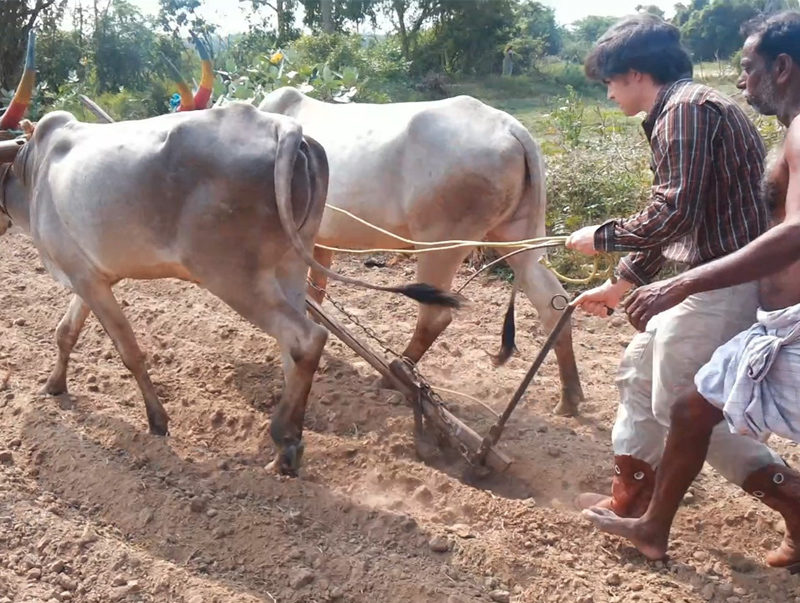
PROJECT DETAILS
- Focus Area Award, Water Past
- Faculty James Wescoat
- Fellow Rebecca Hui
- Mentor Michael Bono
Peri-urban environments in India are an increasingly pervasive condition as villages urbanize. However, they have largely negative connotations associated with a lack of spatial and socio-environmental order or discipline. These areas often lack basic amenities, including safe drinking water and sanitation services, and little work has been done to shed light on the variety, frequency, or spatial extent of peri-urban and rurban conditions. Peri-urban environments are inherently variegated and diffuse. They participate in metropolitan economies but lie beyond their boundaries, service areas, and administration. A framework for identifying peri-urban villages is needed.
Pune is the second largest metropolis in the state of Maharashtra and one of the fastest growing cities in Asia. This makes infrastructure planning and investment challenging for the government as there is not a clear framework to pin down where and if needs are unmet. This is why Pune has been selected as a case study due to its embodiment of peri-urban conditions.
The full scope of this study of peri-urban and rurban water development includes four complementary lines of analysis: GIS visualization of housing, water, and sanitation variables; ground truthing of mapped patterns through village site visits and interviews; field transects of urban and industrial development along major highways and crossroads where peri-urban patterns were anticipated; and an historical geography of drinking water development in Maharashtra from Sultanate times to the present.
Our 4-pronged framework for determining peri-urban villages has been validated and refined through ground testing, and will be integrated into Maharashtra’s planning process. We have also developed a dynamic, multi-year simulation using Processing to show growth, and are further refining it based on government and interview data.











